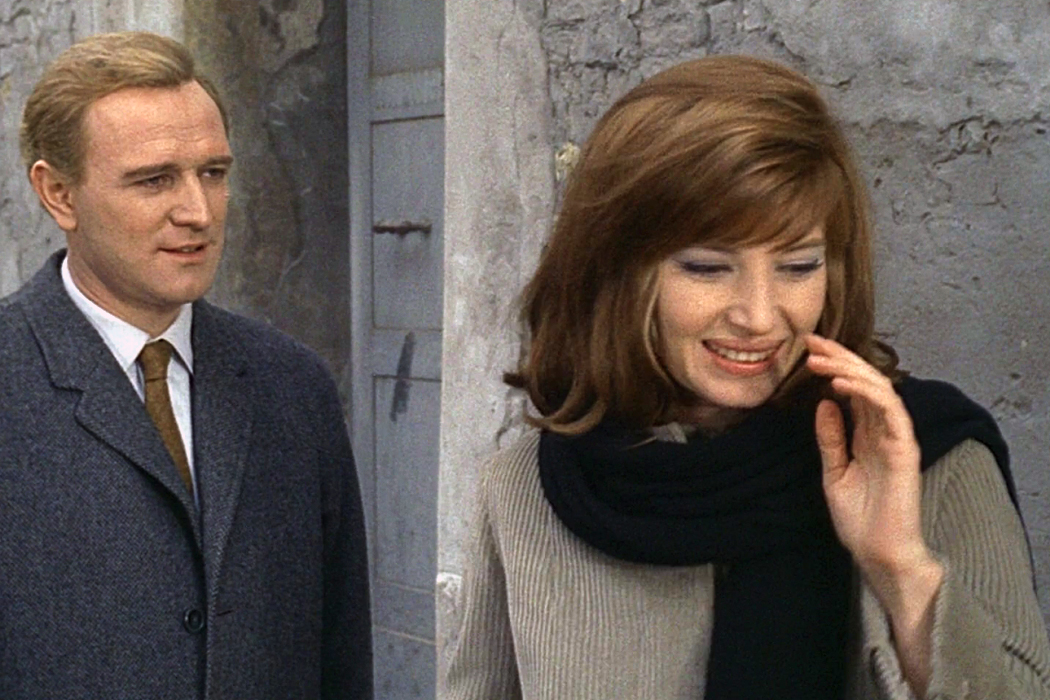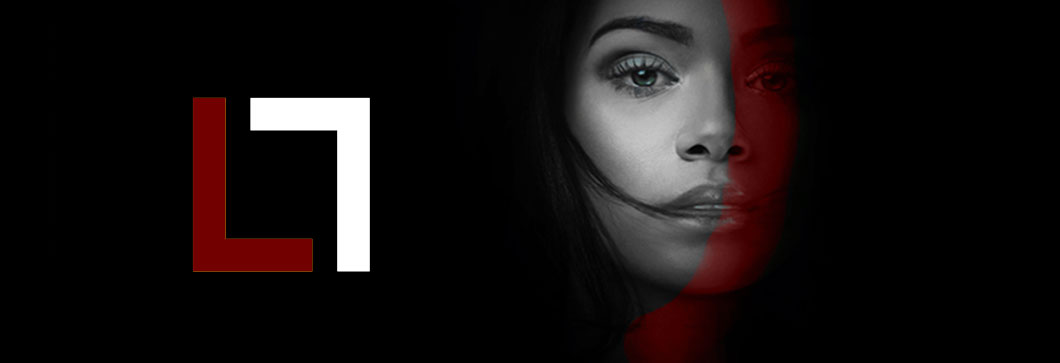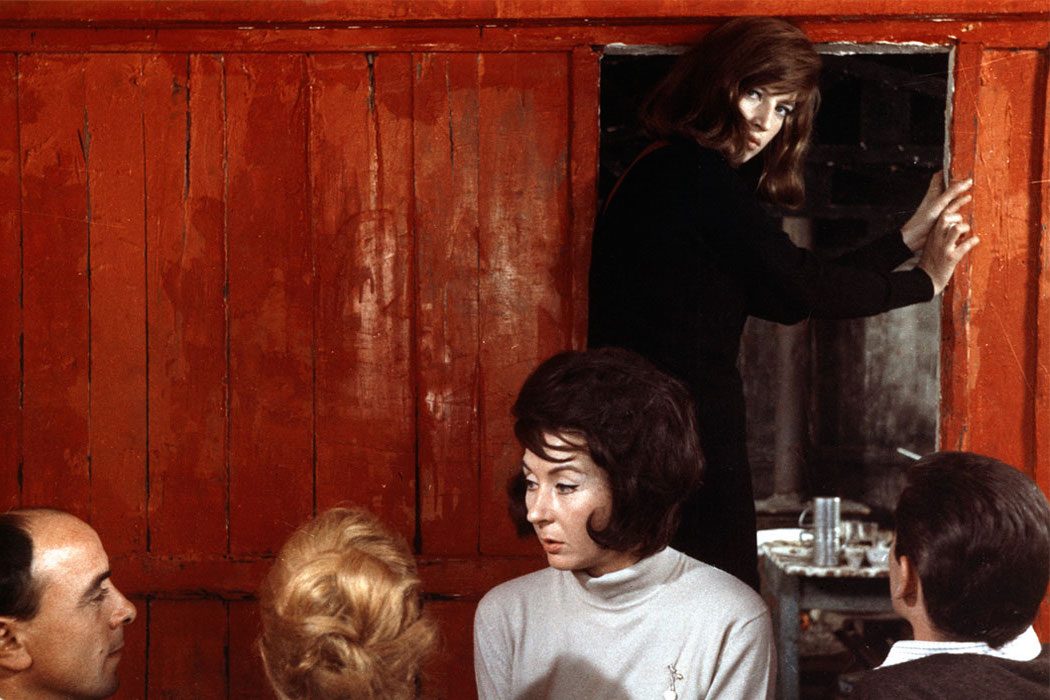Red Desert, released in 1964, saw Michelangelo Antonioni invent a new type of expressionist colour cinematography. Along with his director of photography Carlo Di Palma, he paints an expressive portrait of human frailty and turmoil, against a backdrop of the scarred industrial landscape in northern Italy.
The flame-red factory fires and acrid smoke produce unnatural, inhuman colours and tones. It’s reflected in the discordant and insistent soundtrack. This is not the cool jazz of European 60s cinema.
The vivid green coat Monica Vitti wears while walking with her young son in the opening sequence jars against the background, and the pollution in the fields is an equally unearthly green. The young mother seems lost, confused and threatened in this harsh northern landscape.
Vitti’s character Giuliana is introduced by her husband to engineer and businessman Zeller, played by Irish actor Richard Harris. Giuliana’s husband seems cool and distant from his wife, and doesn’t seem concerned when she starts spending time with Geller as he tries to recruit skilled workers for an industrial operation in Patagonia.
Red Desert is a masterpiece of colour and vivid emotional revelation.
One of the most memorable sequences is a group scene when Giuliana, her husband, Zeller and some friends visit a shack beside the river. There’s lots of small talk, jokes and role-playing filled with sexual innuendo.
It’s the vivid red interior of the shack’s internal bedroom, which is the backdrop to the scene that stays longest on the retina.
The images of Monica Vitti in this sequence have become iconic, as they almost seem to have been shot as in a staged photo shoot. The background is as brilliantly art directed as the movement and expressions of the characters – the fiery red at once revealing and concealing the sexual tensions of the characters.
Giuliana is physically and emotionally lost. ‘Is there a place in the world where one goes to feel better?’ she later asks Zeller as they look at a map of Patagonia.
‘There’s something terrible about reality and I don’t know what it is.’ But this is a film that’s more than the mere narrative of a breakdown. (Continues below).



Considering it’s the director’s first colour film, Red Desert shows a mastery of cinematic techniques that’s capable of painting character and hidden human psychology right onto the screen.
‘I want to paint the film as one paints the canvas; I want to invent the colour relationships, and not limit myself to photographing only natural colours,’ Antonioni explained.
It’s not simply that Antonioni uses colour to reflect Giuliana’s inner turmoil, a visual gyroscope of her emotions. The director wants to highlight the unusual beauty in the modern world ‘in which even factories can be beautiful.’
As he would do in later films such as Blow Up, Antonioni went to great lengths in reaching this goal, such as having trees and grass painted white or grey to fit his take on an urban landscape. The director reveals and celebrates ‘the architecture of anxiety.’
‘There are people who do adapt, and others who can’t manage, perhaps because they are too tied to ways of life that are by now out-of-date,’ the director explained.
Industrial production and commodity-driven society may make people physically and emotionally ill. But they must try to master their surroundings rather than be consumed by them. They must face up to the bright inhuman colours and adapt if they are to grow and develop as human beings.
Red Desert is a masterpiece of colour and vivid emotional revelation. Antonioni masters the colours, the characters and the landscape just as humankind must master the environment.
Luger









